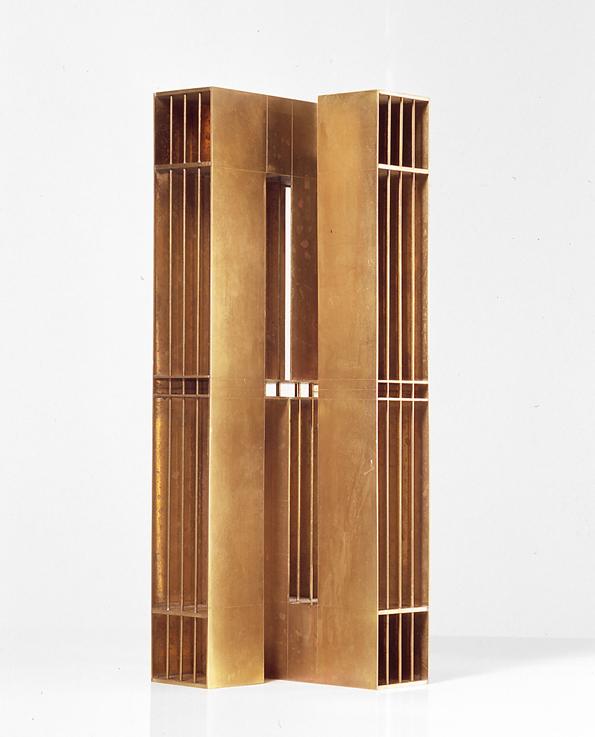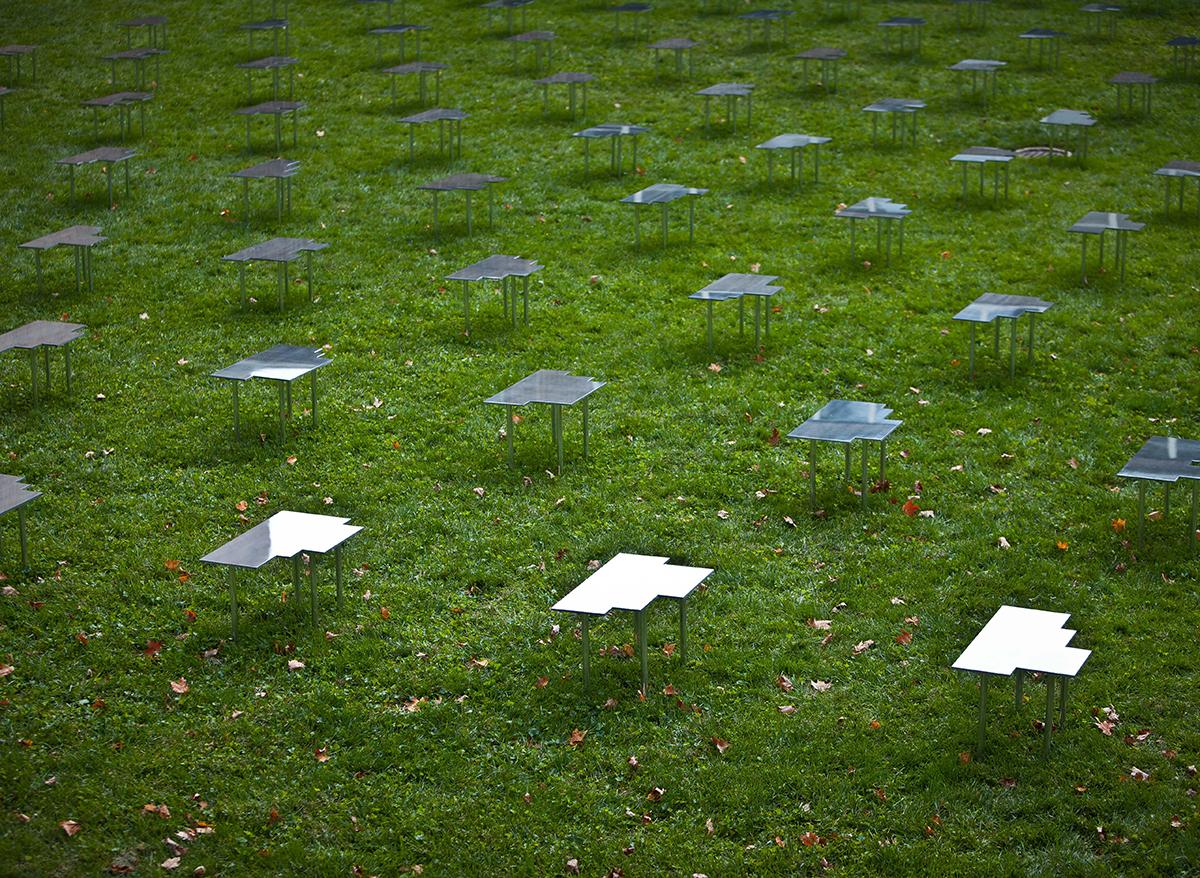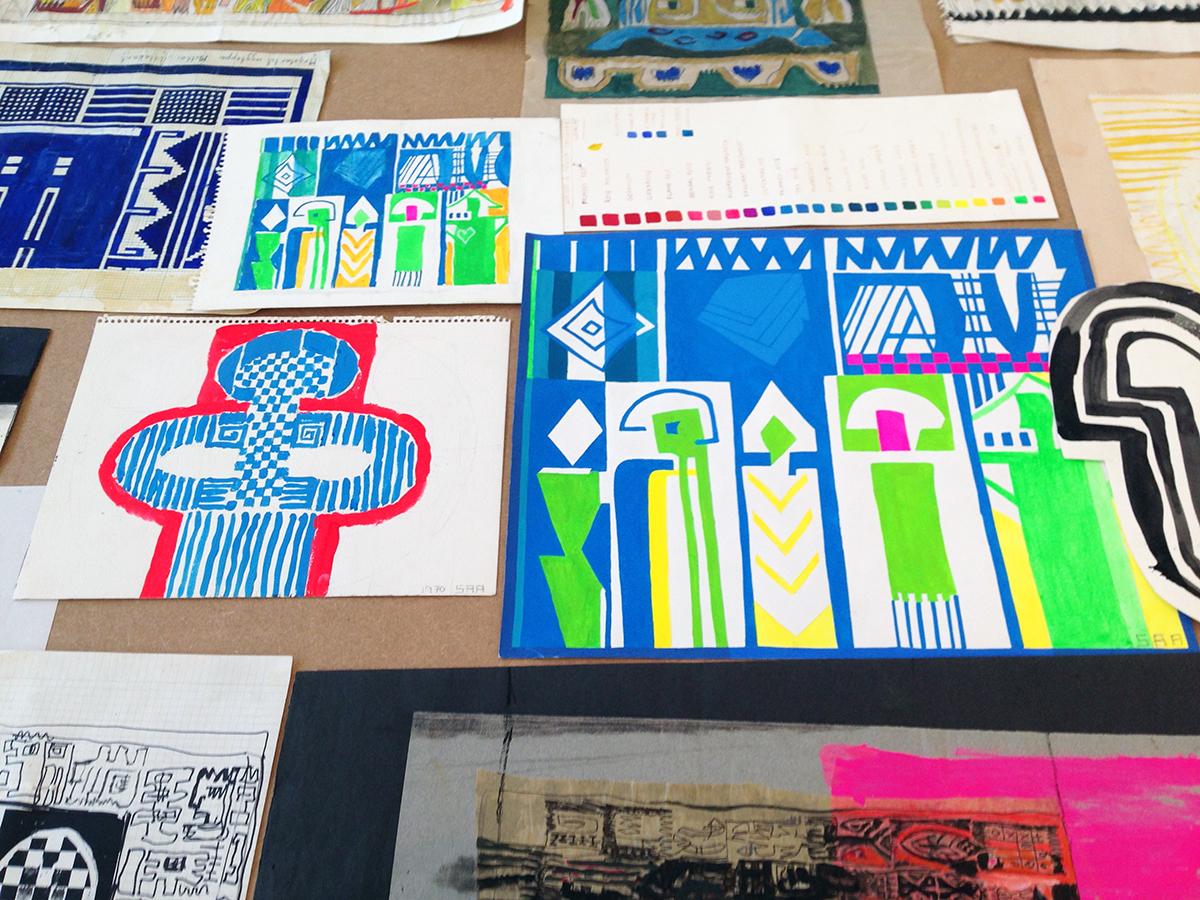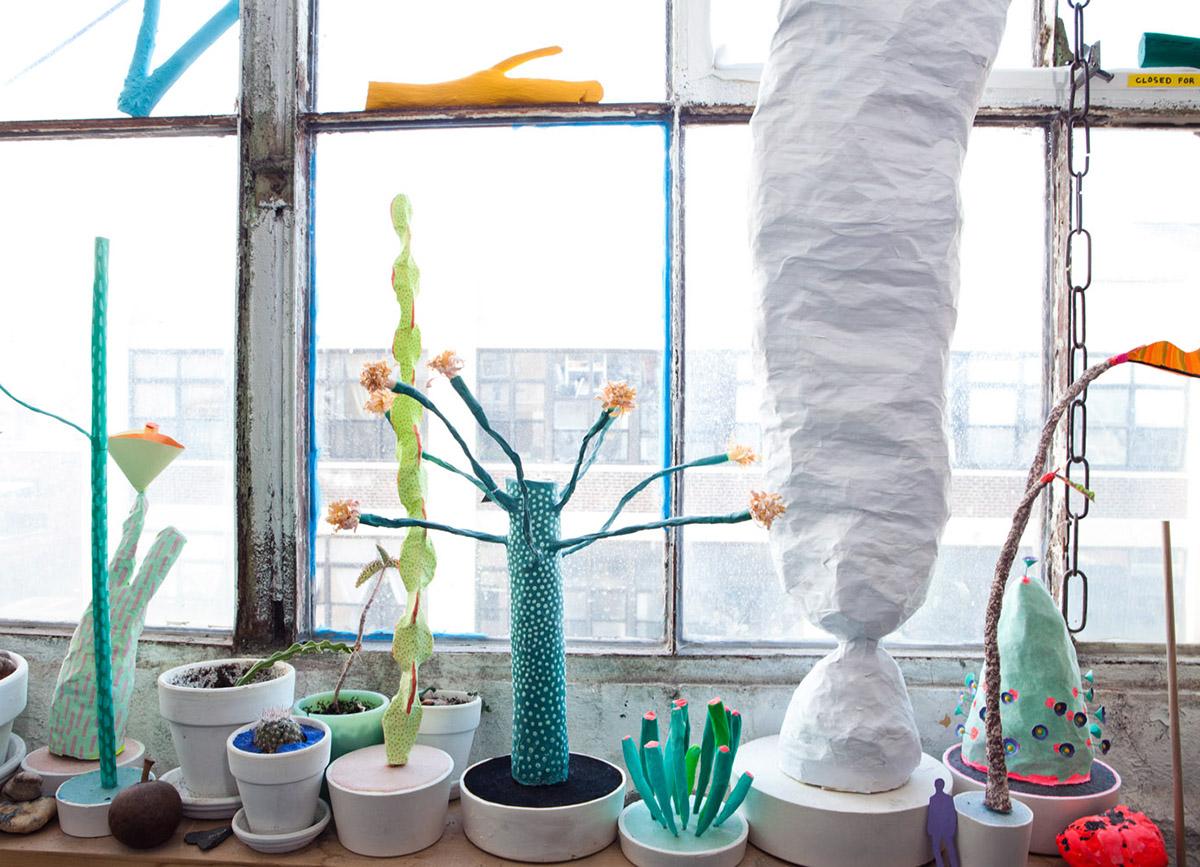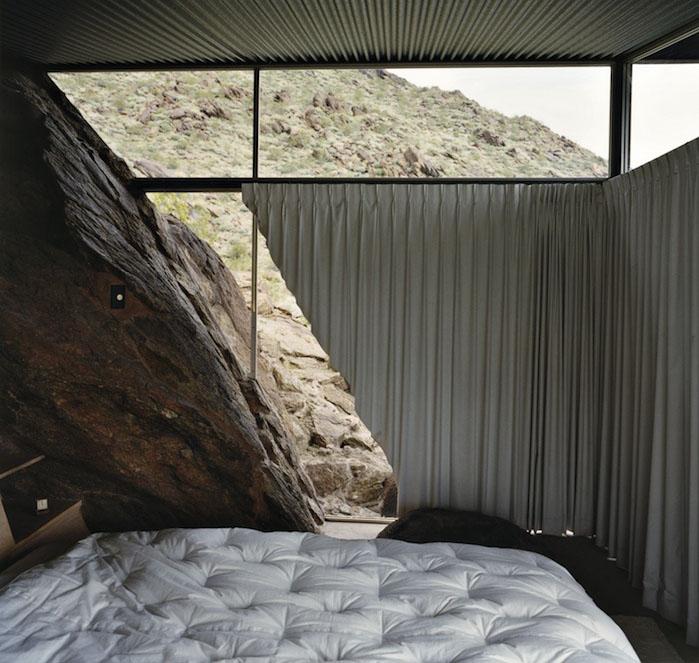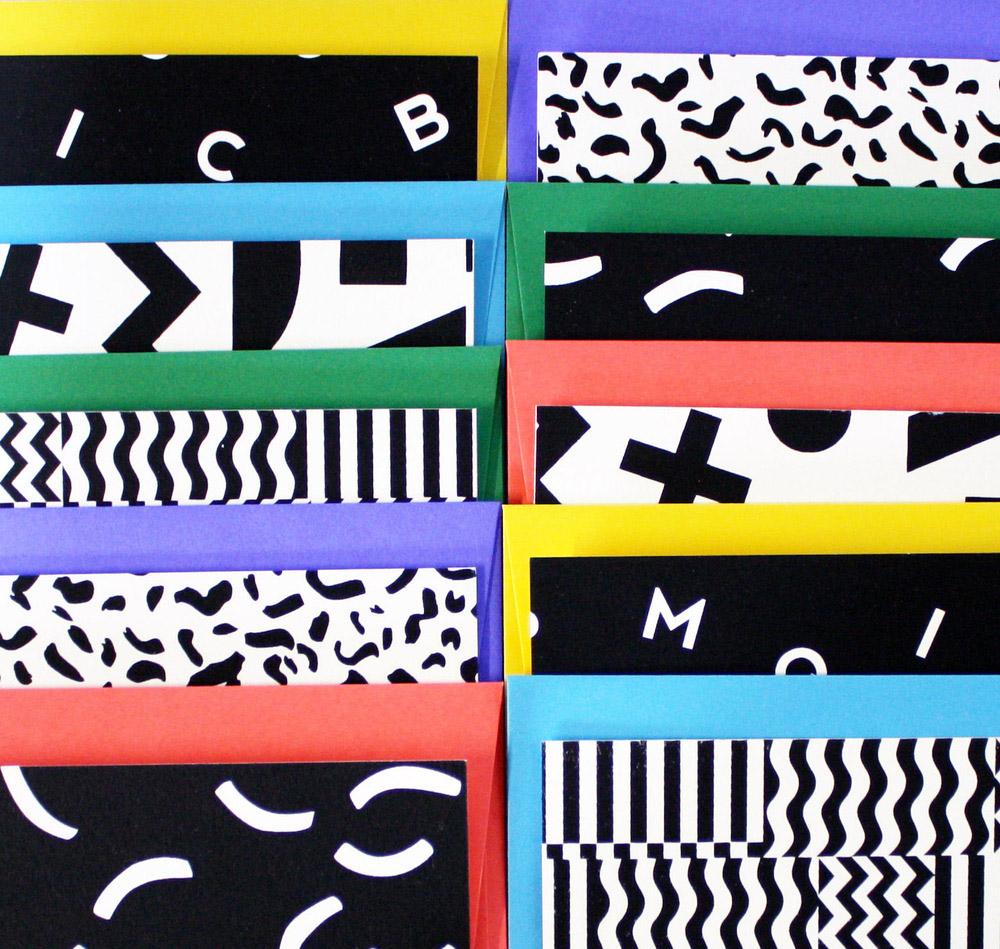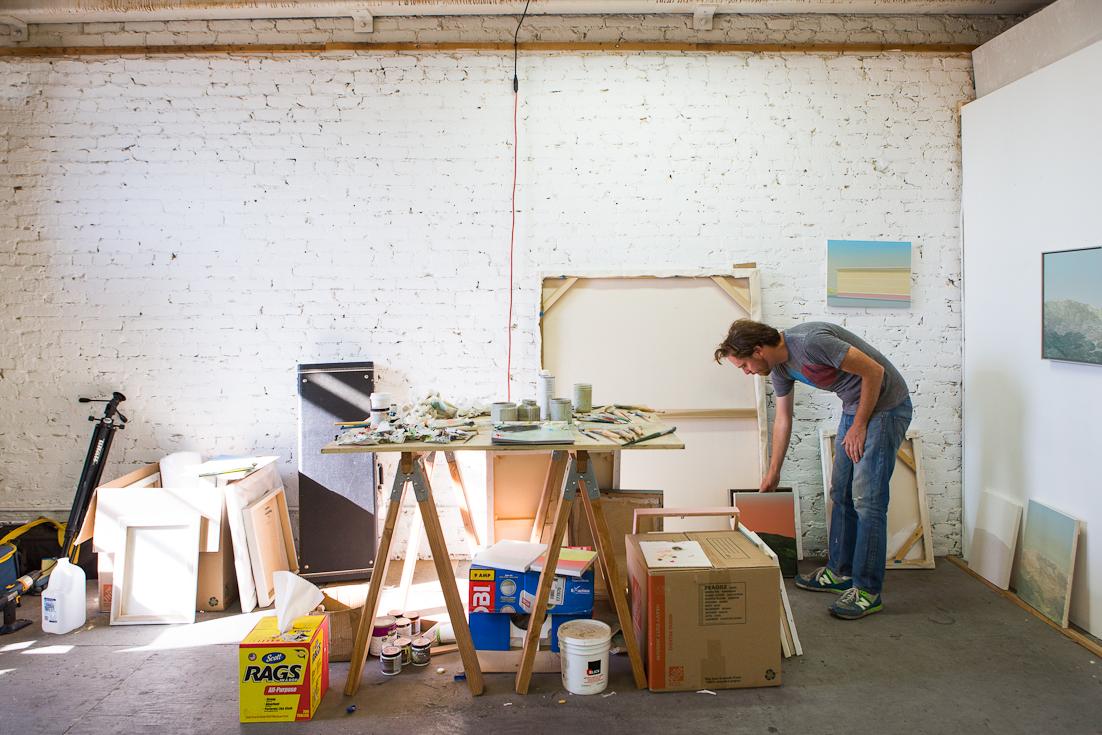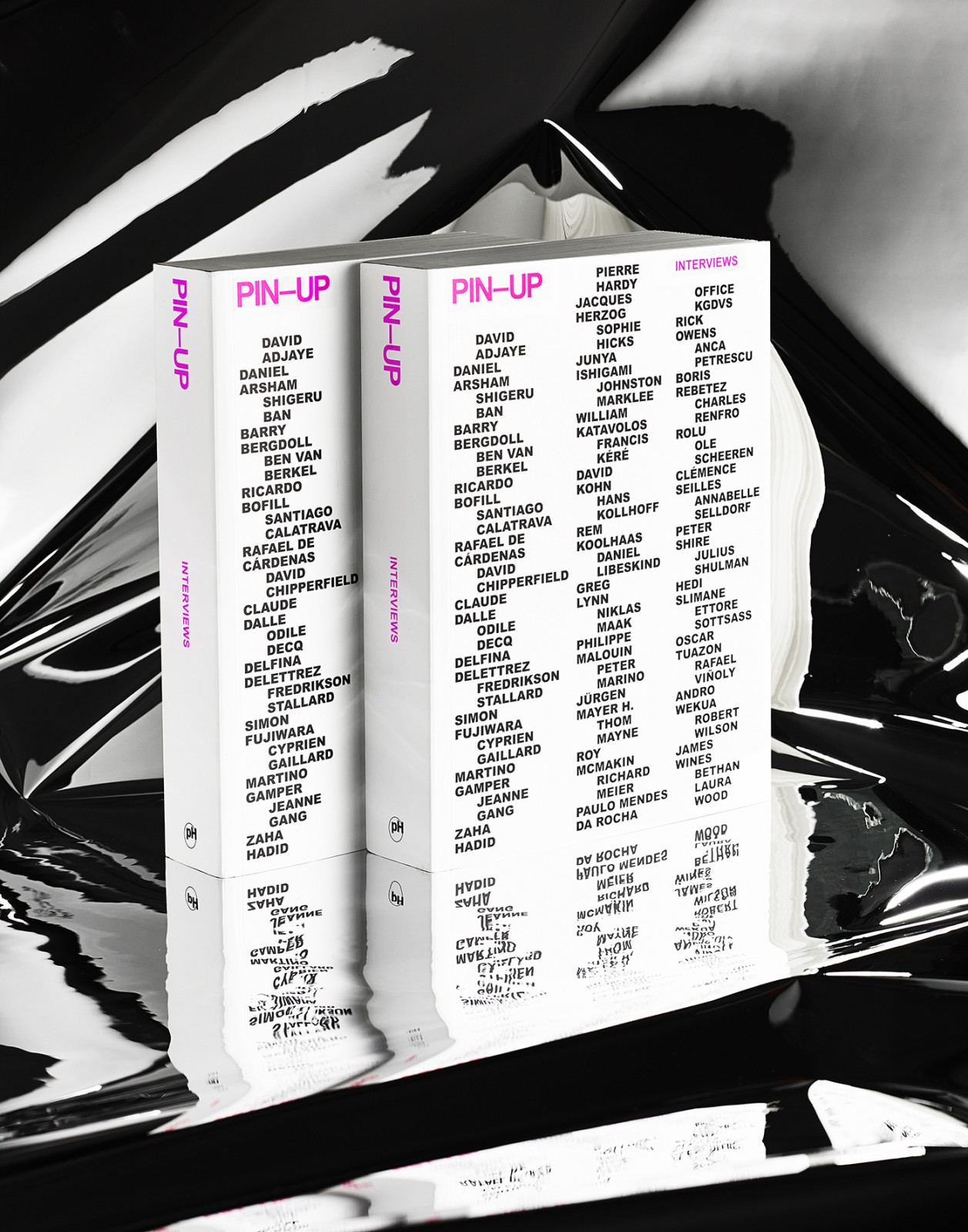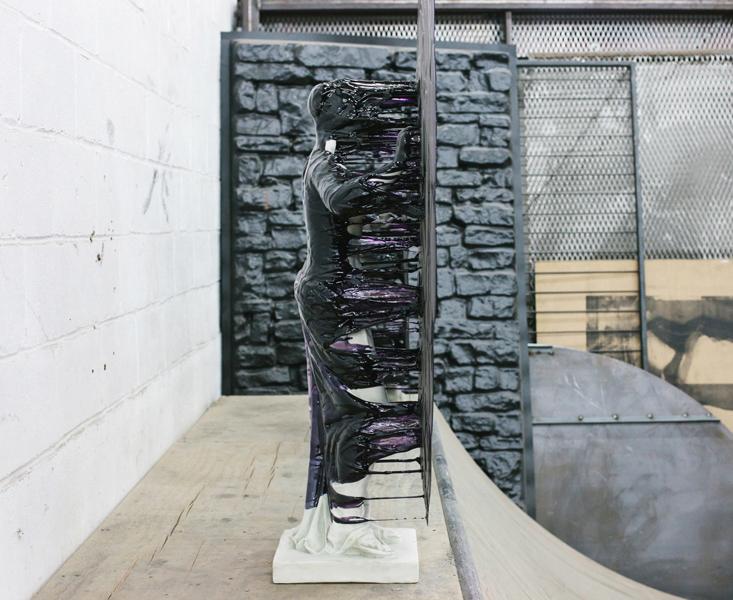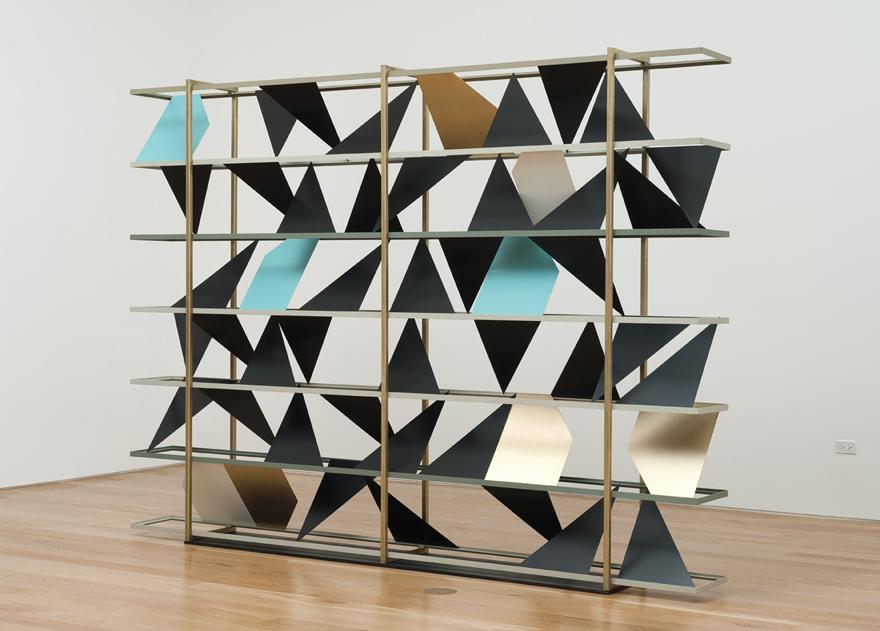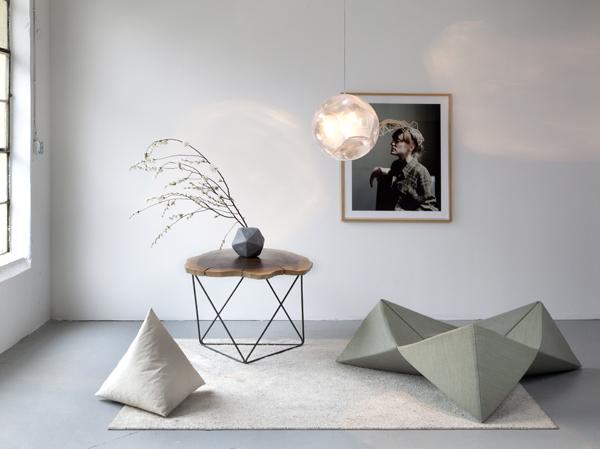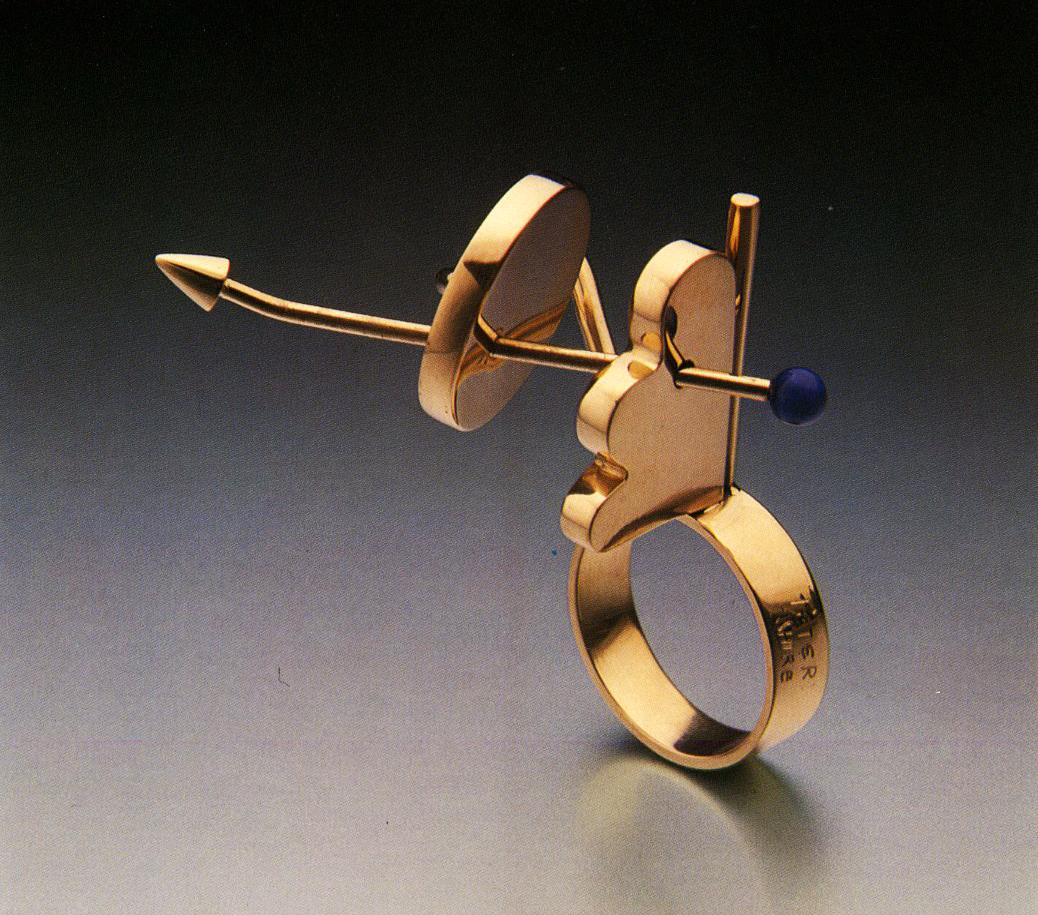
11.05.14
From the Library Of
Sight Unseen: Jewelry By Architects
Until about six months ago, there was only one Munari we idolized: Bruno, one of our favorite 20th century designers and design theorists. (If you haven't read Design As Art, we suggest you hop to it!) But then, one fateful day this past spring, we were wandering aimlessly around the internet when we stumbled on what is perhaps the biggest editorial coup we've scored in years, and thus began our love affair with Cleto Munari — the Italian designer, who as far as we can tell is unrelated to Bruno, commissioned a dream-team of architects like Ettore Sottsass and Peter Eisenman in the early '80s to create a jewelry collection for his eponymous company, and the project had almost no coverage anywhere on the web. We immediately snapped up a copy of the incredible out-of-print book that documented it, which we're excerpting just a small portion of here.
